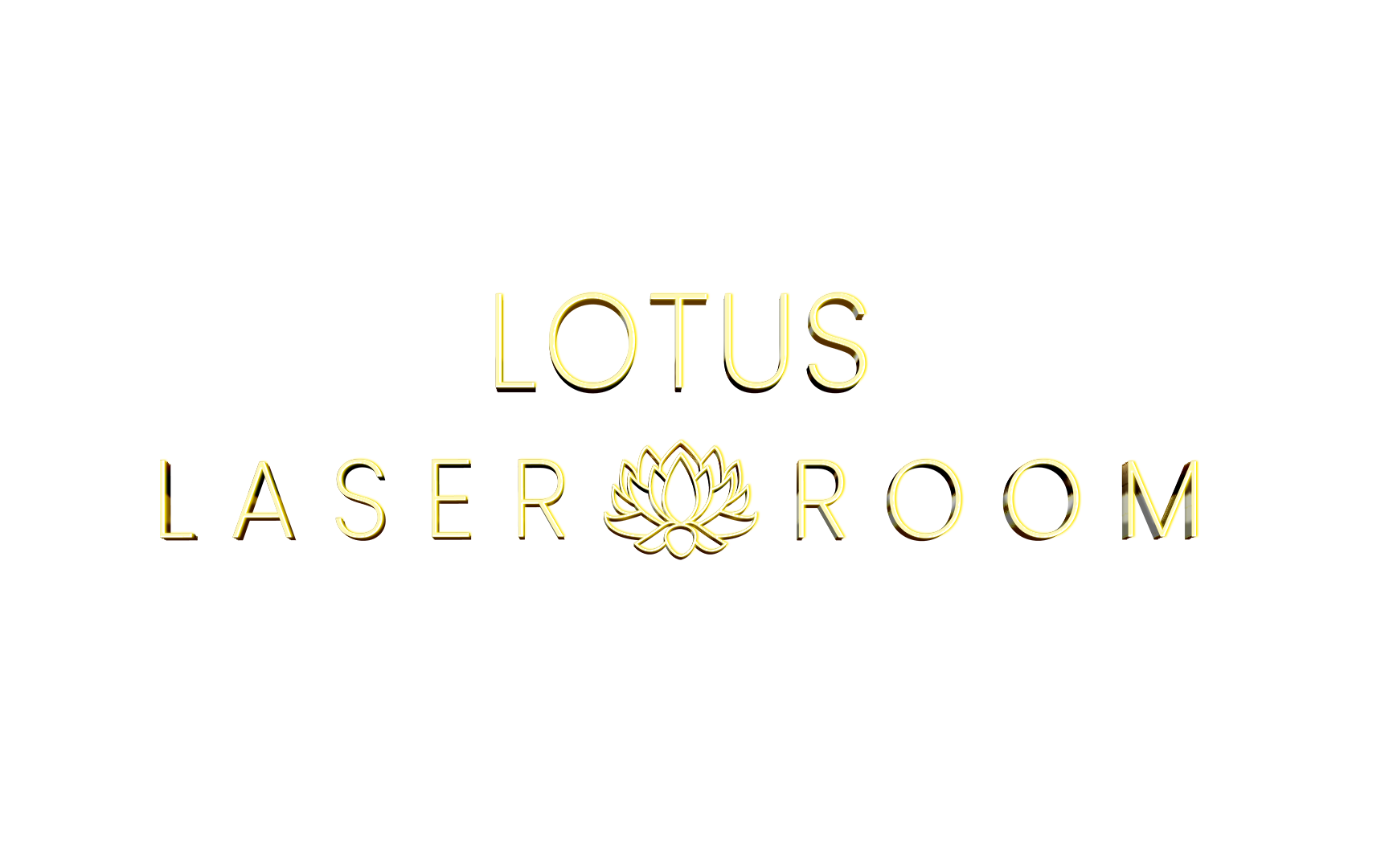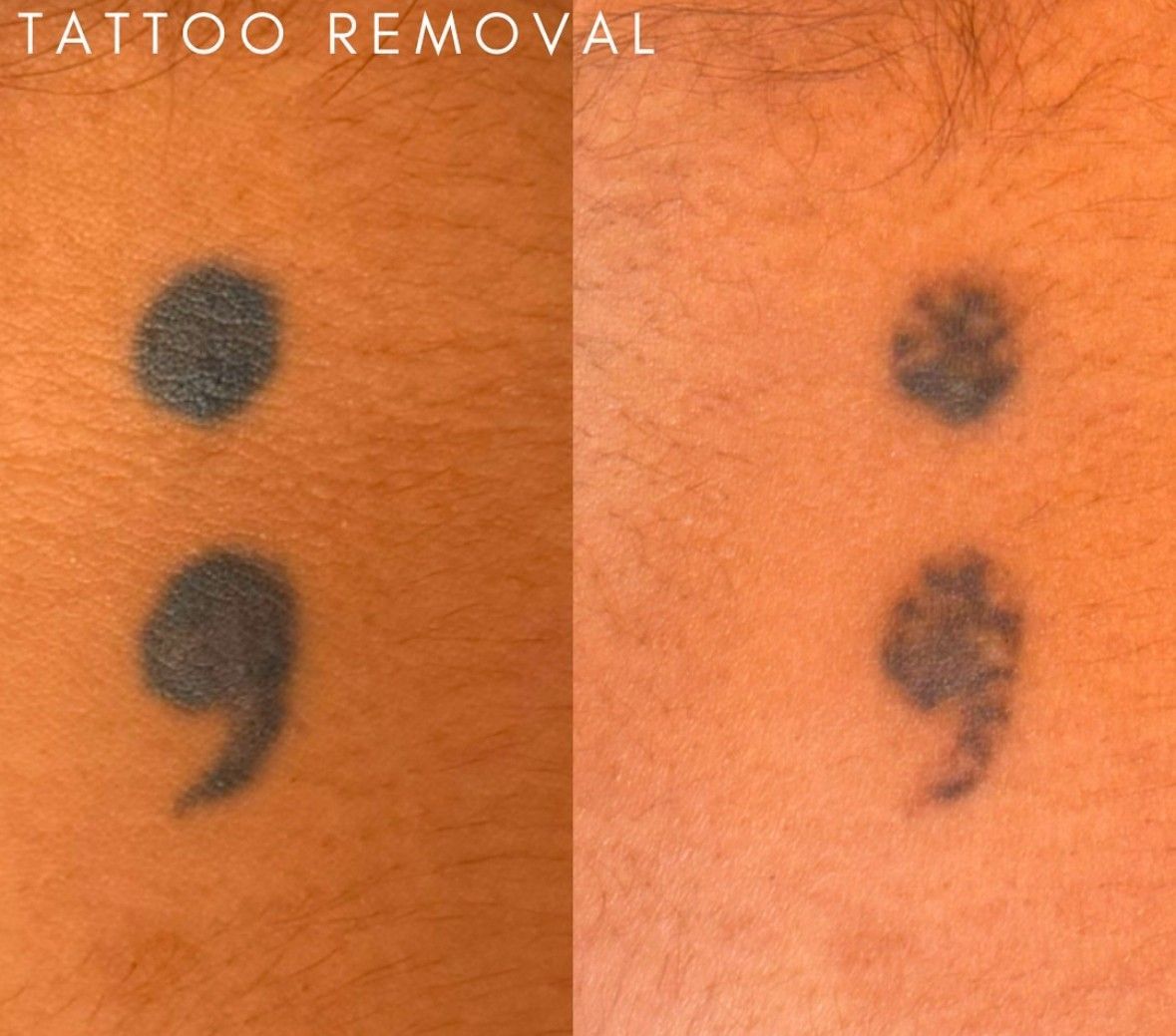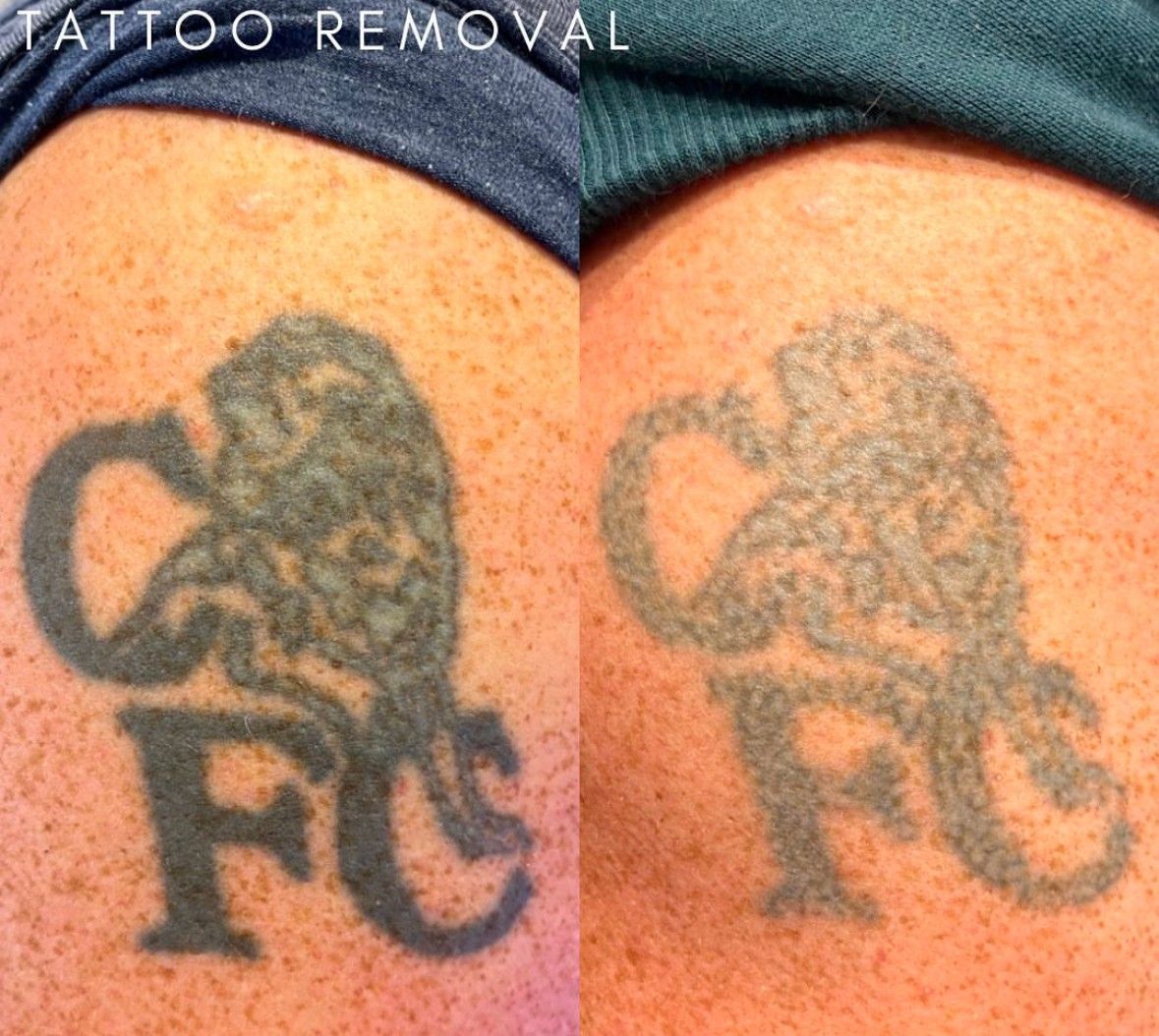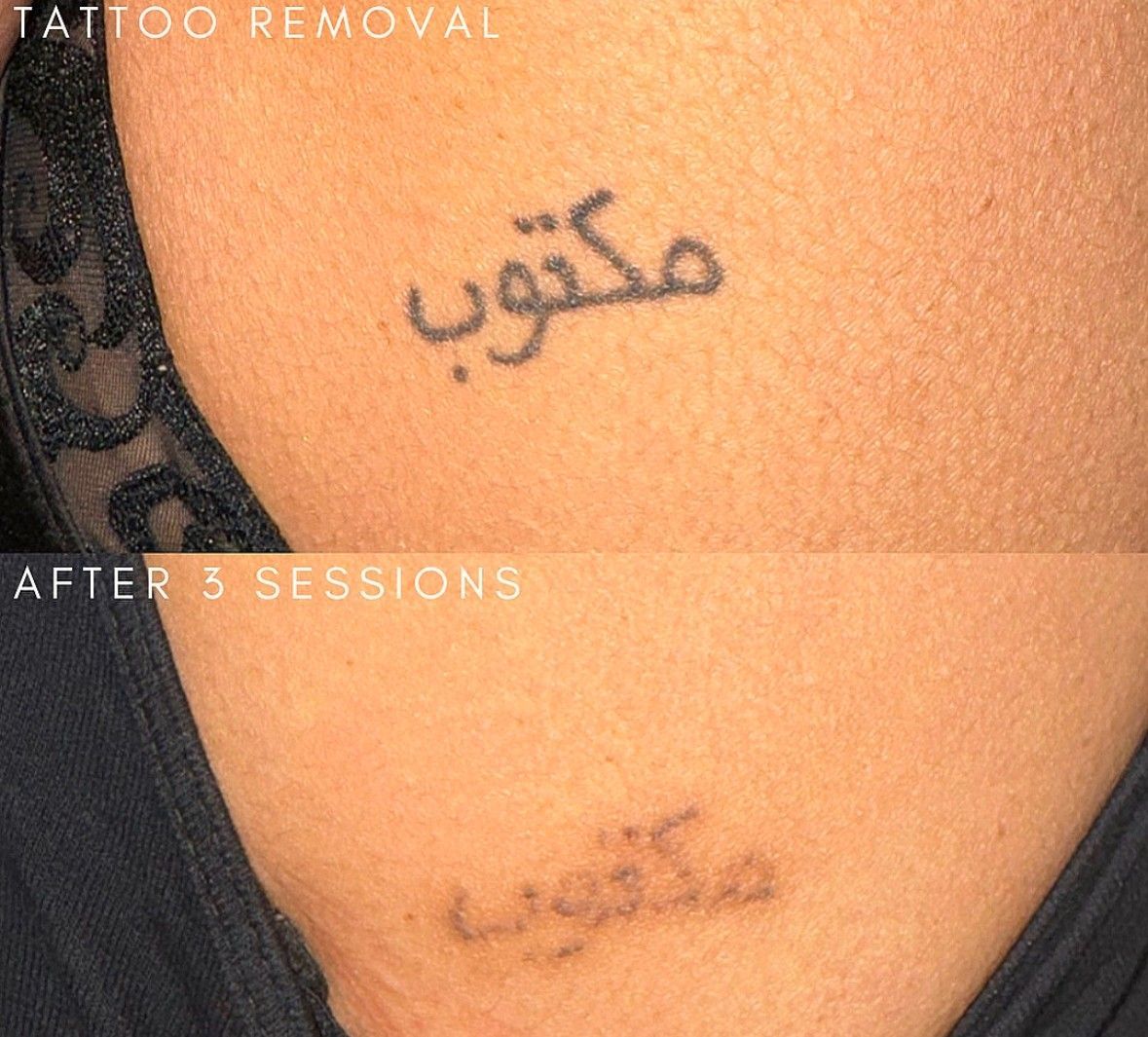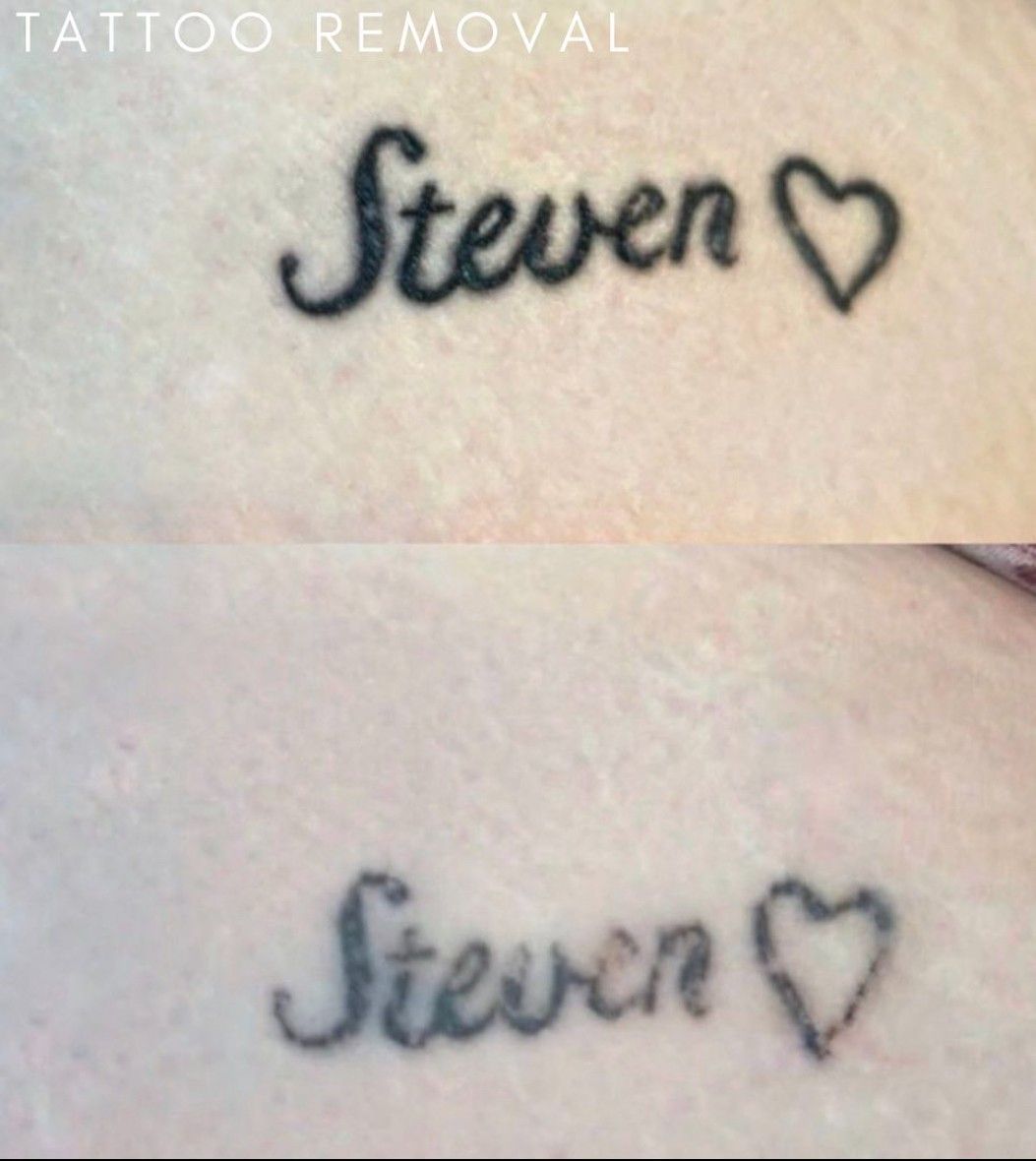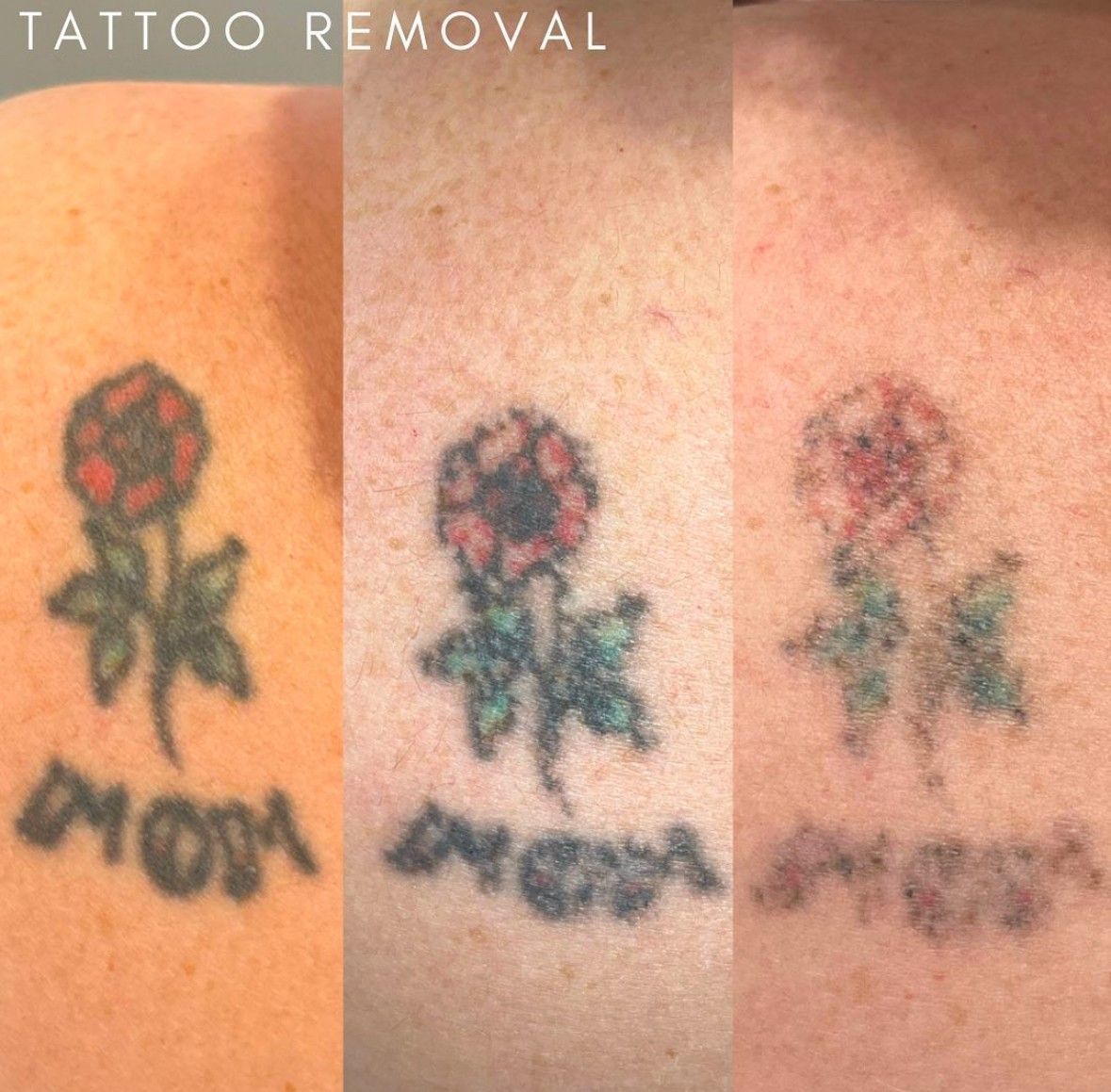Tattoo Removal
How does tattoo removal work?
The ND YAG Q switch comes into contact with a tattoo, the laser light is absorbed by the tattoo ink, creating a photo-acoustic shockwave that releases the heat from the tattoo and shatters it into minute particles.
This response that shatters the particles is known as photo-mechanical effect. The shattered particles are carried away by the macrophages and leave the body through the lymphatic system.
A Q switch laser creates the photo-acoustic shockwave needed to generate the photo-mechanical effect. Lasers without Q switch cannot remove tattoos.
Why is ND YAG Q-switched the best?
ND YAG Q-switched remains the desired technology for tattoo removal as the power produced creates the mechanical effect to shatter and remove particles. Due to the risks of scarring from previous methods and the inability to completely remove tattoo inks, ND YAG remains the most effective method of tattoo removal.
Immediate/normal side effects
As the ND YAG Q switch hits a tattoo, a loud cracking noise is heard when the tattoo ink absorbs the photo shock wave. This is normal lessens as the tattoo fades over the course of treatments.
White gas bubbles may rise on the skin immediately. This is a good sign that heat has been released from the shattered ink particles. This disappears within 20 minutes of treatment.
Pinpoint bleeding may occur and this is due to the tiny blood vessels within the skin erupting. This should stop 20 minutes after treatment.
There may be skin redness and temporary swelling due to heat and intensity of the treatment.
What colour tattoos can we remove?
The laser can remove all tattoos. Tattoos vary in colour, depth of ink and chemical composition so some may respond differently.
A small patch test is required before treatment can commence.
FAQs
Price List & Offers
| Small Area | £40 |
| Medium Area | £80 |
| Large Area | £100 |
| Extra Large Area | £150 |
| Eyebrow Removal | £60 |
| Consultation & Patch Test | £10 |
This gets taken off your first treatment
Prices are per session
